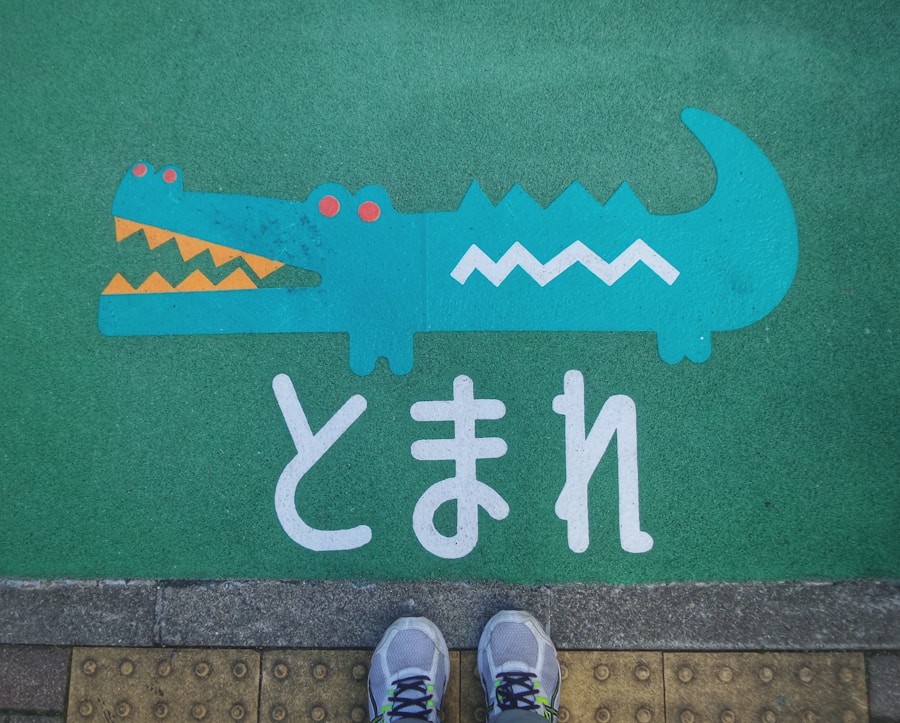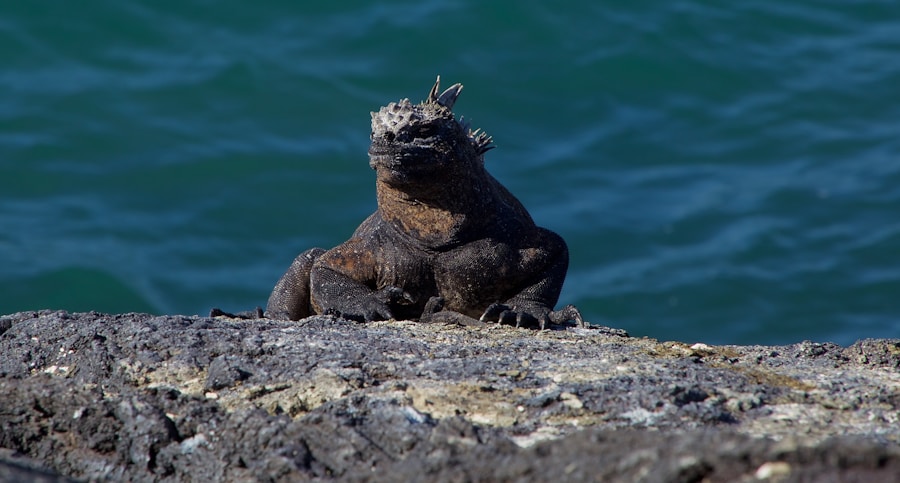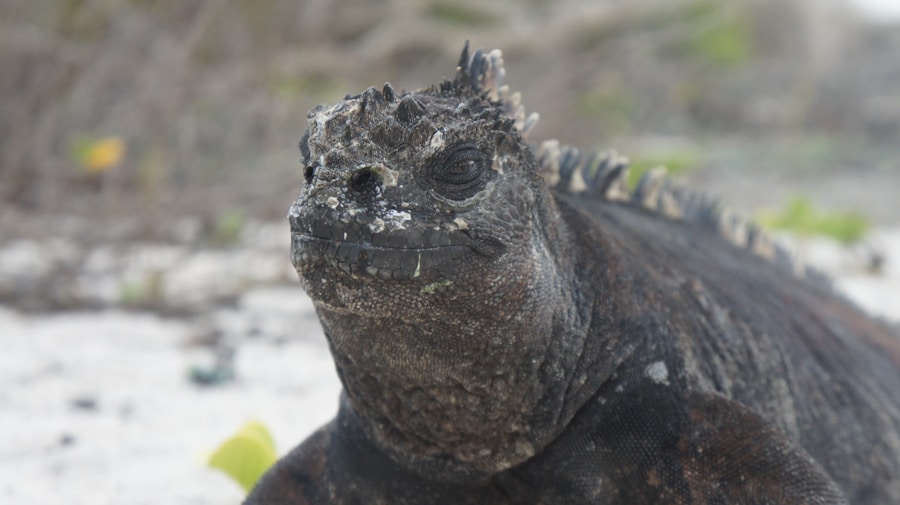The origins of Godzilla’s oceanic presence can be traced back to the post-war era of Japan, a time when the nation was grappling with the aftermath of World War II and the devastating effects of nuclear warfare. Created by Toho Studios in 1954, Godzilla emerged as a metaphor for the horrors of atomic destruction, embodying humanity’s fears and anxieties about the power of nature and technology. The creature’s first appearance in “Gojira” was not merely a cinematic spectacle; it was a reflection of the deep-seated concerns regarding the ocean’s role as both a source of life and a harbinger of destruction.
The ocean, vast and mysterious, became the perfect backdrop for Godzilla’s reign, symbolising the unpredictable forces that lie beneath its surface. As Godzilla rose to prominence in popular culture, his connection to the ocean deepened. The creature was often depicted as emerging from the depths, a titan awakened by humanity’s transgressions against nature.
This narrative resonated with audiences, as it highlighted the delicate balance between human activity and the natural world. Godzilla’s oceanic presence serves as a reminder of the consequences of environmental neglect and the potential for catastrophic repercussions when humanity oversteps its bounds. In this way, Godzilla is not just a monster; he is a representation of nature’s fury, a guardian of the ocean that rises to reclaim its territory when threatened.
Summary
- Godzilla’s oceanic presence can be traced back to its origins in Japanese mythology and folklore, where it is often depicted as a sea monster or dragon-like creature.
- Godzilla’s impact on marine ecosystems is significant, as its massive size and destructive nature can cause widespread damage to underwater habitats and disrupt the balance of marine life.
- Godzilla’s interactions with other oceanic creatures, such as giant squids and prehistoric sea monsters, have been a popular theme in various films and literature, adding to its mystique and allure.
- The role of Godzilla in oceanic mythology and folklore has cemented its status as a legendary sea creature, with stories and legends of its existence passed down through generations.
- Godzilla’s influence on oceanic exploration and research has sparked interest in studying deep-sea ecosystems and the potential existence of undiscovered marine creatures, driving scientific curiosity and discovery.
Godzilla’s Impact on Marine Ecosystems
Godzilla’s impact on marine ecosystems is profound and multifaceted. As a colossal creature, his very existence disrupts the delicate balance of life in the ocean. When he emerges from the depths, his massive size creates shockwaves that can devastate marine habitats, displacing countless species and altering food chains.
The sheer force of his movements can lead to significant changes in underwater landscapes, affecting everything from coral reefs to deep-sea trenches. This disruption serves as a stark reminder of how human activities can similarly impact marine environments, often with devastating consequences. Moreover, Godzilla’s presence raises questions about the resilience of marine ecosystems in the face of such overwhelming force.
The narrative surrounding Godzilla often reflects real-world concerns about biodiversity loss and habitat destruction caused by pollution, overfishing, and climate change. In this sense, Godzilla becomes a symbol of both destruction and resilience, prompting viewers to consider their own relationship with the ocean and the creatures that inhabit it.
Godzilla’s Interactions with Other Oceanic Creatures

Godzilla’s interactions with other oceanic creatures are as varied as they are fascinating. Throughout his cinematic history, he has encountered numerous marine life forms, ranging from prehistoric monsters to mythical sea creatures. These encounters often serve to highlight the hierarchy within the oceanic realm, where Godzilla reigns supreme as an apex predator.
His battles with other titans not only showcase his immense power but also illustrate the complex dynamics of predator-prey relationships in marine ecosystems. These interactions also provide a platform for exploring themes of coexistence and conflict within nature. For instance, when Godzilla faces off against other monsters like King Ghidorah or Mothra, it raises questions about territoriality and survival instincts among marine species.
Such narratives can be seen as allegories for human conflicts over resources and territory, prompting viewers to reflect on their own behaviours and the impact they have on the natural world. Ultimately, Godzilla’s relationships with other oceanic creatures serve to enrich his character while simultaneously offering insights into the intricate web of life beneath the waves.
The Role of Godzilla in Oceanic Mythology and Folklore
| Mythological Creature | Role in Oceanic Mythology and Folklore |
|---|---|
| Godzilla | Regarded as a powerful and fearsome sea monster in Japanese folklore, often associated with natural disasters such as tsunamis and earthquakes |
| Leviathan | Described as a sea monster in Hebrew mythology, representing chaos and the primal forces of the ocean |
| Kraken | Legendary sea monster in Scandinavian folklore, believed to dwell off the coasts of Norway and Greenland, often depicted as a giant octopus or squid |
| Yacumama | Mythical sea serpent in South American folklore, said to inhabit the Amazon River and its tributaries |
Godzilla occupies a unique space within oceanic mythology and folklore, transcending mere entertainment to become a cultural icon that embodies humanity’s relationship with nature. In many ways, he represents the archetypal sea monster found in various mythologies around the world—creatures that evoke both fear and fascination. From ancient tales of leviathans to modern interpretations of sea serpents, Godzilla fits seamlessly into this tradition, serving as a contemporary manifestation of humanity’s enduring fascination with the unknown depths of the ocean.
His role in folklore extends beyond mere terror; it also encompasses themes of respect for nature and the consequences of hubris. In many cultures, sea monsters are often depicted as guardians of the ocean, punishing those who disrespect their domain. Godzilla embodies this duality—he is both a destroyer and a protector, reminding humanity of its place within the natural order.
This complex portrayal encourages audiences to reconsider their relationship with the ocean and to acknowledge the importance of stewardship in preserving marine ecosystems for future generations.
Godzilla’s Influence on Oceanic Exploration and Research
Godzilla’s influence extends into the realms of oceanic exploration and research, inspiring scientists and enthusiasts alike to delve deeper into the mysteries of the sea. The fascination with this colossal creature has sparked interest in marine biology, geology, and environmental science, prompting researchers to study the very ecosystems that Godzilla represents. His cinematic adventures often highlight real-world issues such as pollution, climate change, and habitat destruction, serving as a catalyst for discussions about conservation efforts and sustainable practices.
Moreover, Godzilla has become a cultural touchstone that encourages exploration beyond mere scientific inquiry. His presence in popular media has led to increased public interest in marine environments, fostering a sense of wonder about the ocean’s depths. Documentaries and educational programmes inspired by Godzilla often aim to raise awareness about marine conservation and the importance of protecting fragile ecosystems.
In this way, Godzilla transcends his role as a fictional monster; he becomes an ambassador for oceanic exploration and a symbol of humanity’s responsibility to safeguard our planet’s most precious resources.
The Threat of Godzilla’s Oceanic Activities to Human Civilisation

Humanity’s Vulnerability to Nature’s Power
It highlights our reliance on coastal infrastructure and our need to respect the power of the ocean. Furthermore, Godzilla’s presence raises critical questions about preparedness and resilience in an age where climate change exacerbates natural disasters. As sea levels rise and storms become more intense, coastal cities must grapple with their own vulnerabilities while considering how they would respond to an event like Godzilla’s emergence.
The Importance of Environmental Stewardship
This narrative serves as a reminder that while we may strive for progress and development, we must also remain vigilant stewards of our environment—acknowledging that our actions can have far-reaching consequences.
By doing so, they can better prepare for natural disasters and work towards a more sustainable future.
Godzilla’s Connection to Oceanic Natural Disasters
Godzilla’s connection to oceanic natural disasters is deeply woven into his narrative fabric. Often depicted as emerging from tumultuous waters or amidst catastrophic events like tsunamis or earthquakes, he embodies nature’s unpredictable fury. This connection serves not only as an entertaining plot device but also as a reflection of humanity’s fears regarding natural disasters—events that can strike without warning and wreak havoc on communities.
In many films, Godzilla’s arrival coincides with seismic activity or environmental upheaval, suggesting that his existence is intertwined with these natural phenomena. This portrayal resonates with audiences who understand that human actions—such as climate change—can exacerbate these disasters. By linking Godzilla to such events, filmmakers encourage viewers to consider their own role in shaping environmental outcomes while reinforcing the idea that nature will always find a way to reclaim its power when provoked.
The Future of Godzilla’s Dominance in the Ocean
As we look towards the future of Godzilla’s dominance in the ocean, it becomes clear that his legacy will continue to evolve alongside our understanding of marine ecosystems and environmental challenges. With each new film or adaptation, Godzilla adapts to reflect contemporary issues—be it climate change, pollution, or biodiversity loss—ensuring that he remains relevant in an ever-changing world. His continued presence serves as both a warning and an inspiration for future generations to engage with their environment responsibly.
Moreover, as technology advances and our exploration of the oceans deepens, new narratives surrounding Godzilla may emerge. Perhaps future stories will explore themes of coexistence between humanity and nature or highlight innovative solutions for preserving marine ecosystems in light of growing threats. Ultimately, Godzilla’s dominance in popular culture will likely persist as long as there are stories to tell about our relationship with the ocean—a relationship that is complex, fraught with challenges, yet filled with potential for understanding and harmony.
In conclusion, Godzilla stands as a multifaceted symbol within our cultural consciousness—a creature born from fear yet capable of inspiring awe and respect for the natural world. His oceanic presence serves as a powerful reminder of humanity’s connection to nature and our responsibility to protect it for generations to come. As we navigate an uncertain future marked by environmental challenges, let us remember that even amidst chaos, there lies an opportunity for growth and understanding—an opportunity embodied by none other than Godzilla himself.
If you are interested in learning more about Godzilla and its impact on modern society, I recommend checking out the article “Godzilla: A Symbol of Anarchism and Capitalism in Modern Society”. This insightful piece delves into the deeper meanings behind Godzilla’s character and how it reflects the complexities of our world today. It’s a fascinating read that will give you a new perspective on the iconic monster.
FAQs
What is Godzilla?
Godzilla is a fictional monster, often depicted as a giant prehistoric sea creature or dinosaur, that first appeared in the 1954 Japanese film “Godzilla.”
How does Godzilla stand in the ocean?
In the various depictions of Godzilla, the monster is often shown standing in the ocean by either walking on the seabed or standing on the surface of the water due to its immense size and weight.
Is Godzilla real?
No, Godzilla is a fictional character created for entertainment purposes in movies, television shows, and other media.
What are some characteristics of Godzilla?
Godzilla is typically depicted as a massive, reptilian creature with tough, scaly skin, sharp teeth, and the ability to breathe fire or emit atomic breath. It is often portrayed as a destructive force of nature.
What is the origin of Godzilla?
In the original 1954 film, Godzilla is portrayed as a prehistoric sea creature that is awakened and mutated by nuclear radiation, becoming a destructive force that wreaks havoc on Japan.
